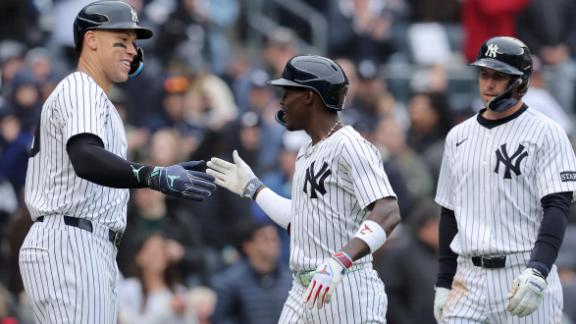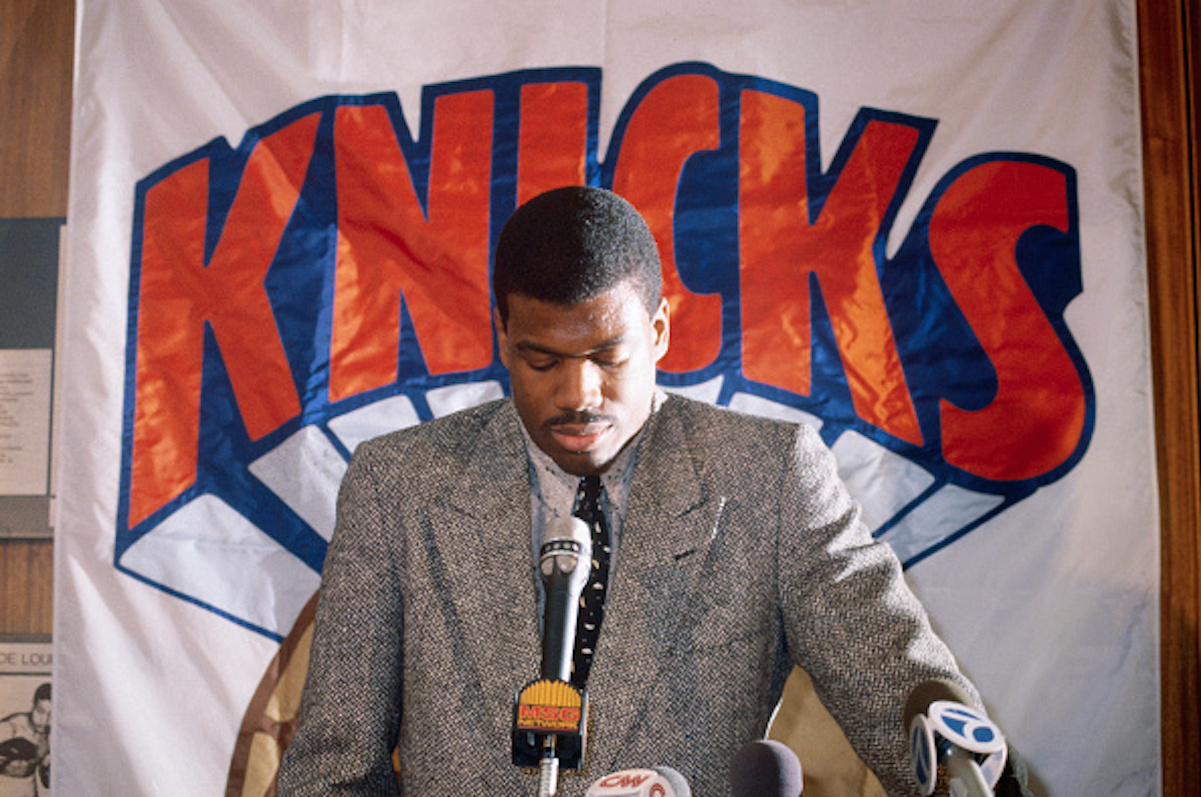March 31, 1975. 50 years ago: The Final of the NCAA Division I Men's Basketball Tournament is held at the San Diego Sports Arena. (It's now named the Pechanga Arena.)
The NCAA Tournament had varied from between 22 and 25 teams since 1953. For the 1974-75 season, due to the frustrations of teams unable to win the Conference Tournaments, and thus qualify for the NCAA Tournament, despite previously having exceptional seasons, the NCAA expanded the Tournament to 32 teams, and allowed teams that failed to win their conference in.
In the Mideast Regional Final, at the University of Dayton Arena in Dayton, Ohio, on March 22, Indiana, then undefeated at 31-0 and ranked Number 1 in the country, faced Number 5 Kentucky, who were 24-3, with 1 of their losses coming to Indiana in Bloomington. This time, Joe B. Hall's Wildcats beat Bobby Knight's Hoosiers, 92-90, and secure Kentucky's 1st berth in what would later be called "the Final Four" since losing the 1966 Final. This would be the only game that Indiana would lose between March 11, 1974 and December 1, 1976, a stretch over which they went 66-1.
The University of California at Los Angeles had won 7 straight titles, and 9 out of 10, under coach John Wooden, before losing in the 1974 Semifinal to North Carolina State. In 1974-75, the Bruins finished the regular season 23-3, losing only away to Stanford by 4 points, away to Notre Dame (again) by 6, and, in their only bad game of the season, away to Washington by 22.
At the time, the league then known as the Pacific-Eight Conference had no Conference Tournament, but UCLA easily won the regular-season title. The Bruins struggled in the NCAA Tournament: They needed overtime to beat Michigan, beat the University of Montana by only 3 points, beat Arizona State to get to the Final Four, and needed overtime to beat the University of Louisville, coached by Wooden's former assistant, Denny Crum.
After that Semifinal win over Louisville, Wooden announced his retirement: Win or lose, the Final against Kentucky would be his last game.
The game was tight. So were the Bruins, as if they were trying too hard to send Wooden out a winner. The lead changed hands several times in the 1st half, which ended with UCLA ahead, 43-40. Kentucky stayed close, and were within 76-75 with less than 7 minutes left.
Dave Meyers -- brother of UCLA women's star Ann Meyers -- was called for an offensive foul on a shot attempt during which he bumped into Grevey. Meyers yelled at referee Hank Nichols for this, and was assessed a technical foul. This led the normally mild-mannered Wooden to run onto the court, and call Nichols a "crook."
Maybe this shook the Wildcats up, because Kevin Grevey, their best player, missed all 3 free throws. Kentucky never recovered, and UCLA won, 92-85. Wooden and UCLA had their 10th National Championship, all within the last 12 years.
As with so many other great college coaches, Wooden cast a shadow that his successors found it difficult to get out of. The following year, Gene Bartow got UCLA back to the Final Four, but lost to Indiana, with Knight leading them to what remains the last undefeated season for an NCAA Division I men's basketball team.
In 1978, Hall led Kentucky to their 1st National Championship in 20 years, while Grevey helped the Washington Bullets win the NBA Championship. Under Larry Brown, UCLA got back to the Final in 1980, losing to Louisville and Wooden's former assistant Crum, who would win the National Championship again in 1986.
UCLA has won 1 National Championship without Wooden, in 1995, under Jim Harrick Sr. In 2006, Ben Howland took them to the Final, where they lost to Florida.
Of Wooden's '75 Bruins: Marques Johnson starred with the Milwaukee Bucks, becoming a 5-time NBA All-Star; Dave Meyers was his teammate on the Bucks; Andre McCarter played a season each with the Kansas City Kings and the Bullets; Ralph Drollinger played 1 season, the expansion season of the Dallas Mavericks, 1980-81; Brett Vroman, that same season, played 11 games with his home-State Utah Jazz, the extent of his NBA career, though he also played in Europe, mostly in Italy; Richard Washington, named the Tournament's Most Outstanding Player, played 6 seasons in the NBA, including 1 as a teammate of Johnson and Meyers, and another as a teammate of Drollinger; and Wilbert Olinde never played in the NBA, but starred in Germany's basketball league.
And then there was Gavin Smith. He transferred to the University of Hawaii, where he set the school's single-season scoring record, which still stands. He became a stuntman, an actor, and a film studio executive. In 2012, he disappeared after leaving a friend's house in the Los Angeles suburbs. Two years later, his remains were found, and a man was convicted of his murder.
John Wooden had been a star player at Purdue University in the early 1930s, before coaching at Indiana State (later the Alma Mater of Larry Bird) from 1946 to 1948, and then at UCLA until 1975. His career record was 664-162 -- including 335-22 from 1963 to 1975, for a percentage of .938.
He won National Championships in 1964, with Walt Hazzard and Gail Goodrich; 1965, with Goodrich; 1967 and 1968, with Lew Alcindor, who later changed his name to Kareem Abdul-Jabbar; 1969, with Kareem and Sidney Wicks; 1970 and 1971, with Wicks; 1972 and 1973, with Bill Walton and Keith Wilkes, who later changed his name to Jamaal Wilkes; and 1975, with Marques Johnson.
It's worth noting that Wooden titled his autobiography They Call Me Coach. Even long after his retirement, his former players, even those who had gone into coaching themselves, still called him "Coach" rather than "John." It's also worth noting that Kareem only let 2 people continue to call him "Lewis": His father, Ferdinand Lewis Alcindor Sr.; and Wooden.
It's also worth noting that Wooden was just 64 when he retired, though he looked older. To put this in perspective: Dean Smith and Gary Williams each coached their last college game at 66, Bobby Knight and Jud Heathcote 67, Don Haskins 69, Roy Williams 70, Lute Olson 72, Denny Crum 74, Mike Krzyzewski and Larry Brown 75, Jim Calhoun 79, Rollie Massimino 83. As of March 31, 2022, Jim Boeheim and Tom Izzo are still coaching at 67, Rick Pitino at 69.
He was the 1st person elected to the Basketball Hall of Fame as both a player and a coach, the former in 1960 and the latter while still coaching in 1973. His success led to UCLA building the Edwin W. Pauley Pavilion in 1965. In 2003, the school named the playing surface the Nell and John Wooden Court. John insisted that, if he were going to be so honored, his late wife's name should go first. That same year, President George W. Bush awarded him the Presidential Medal of Freedom. He died in 2010, 4 months short of his 100th birthday.













